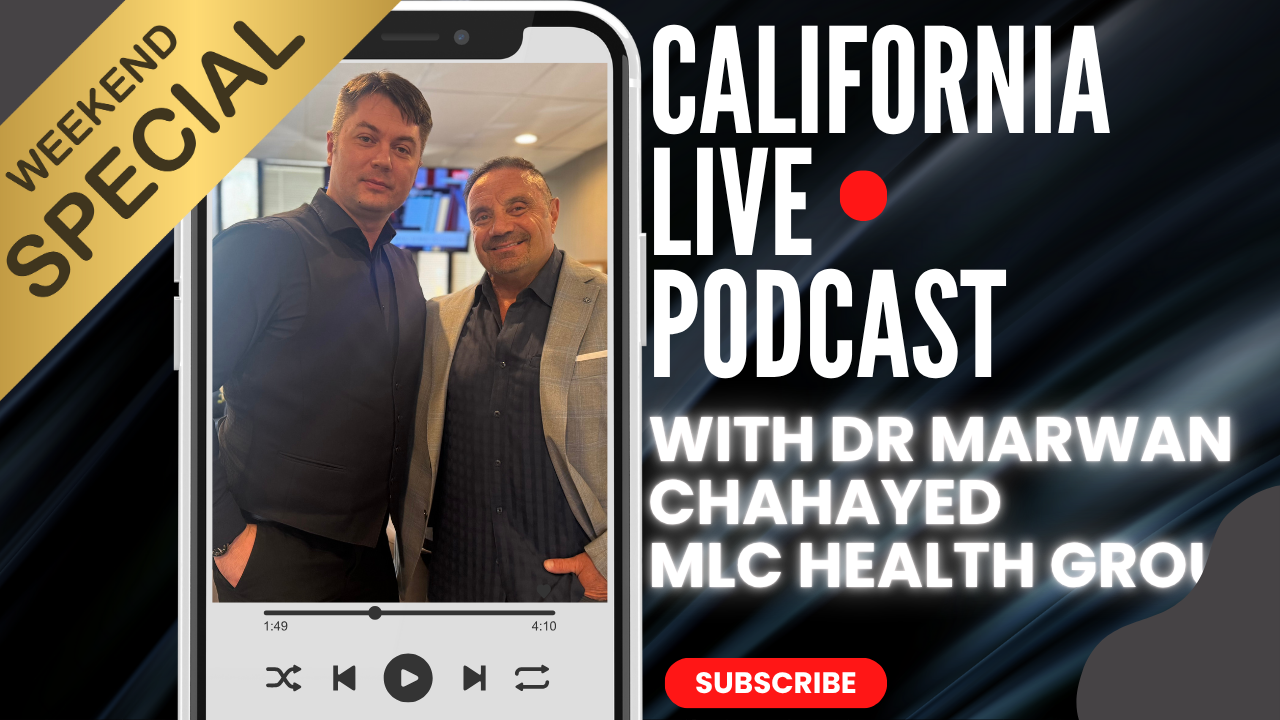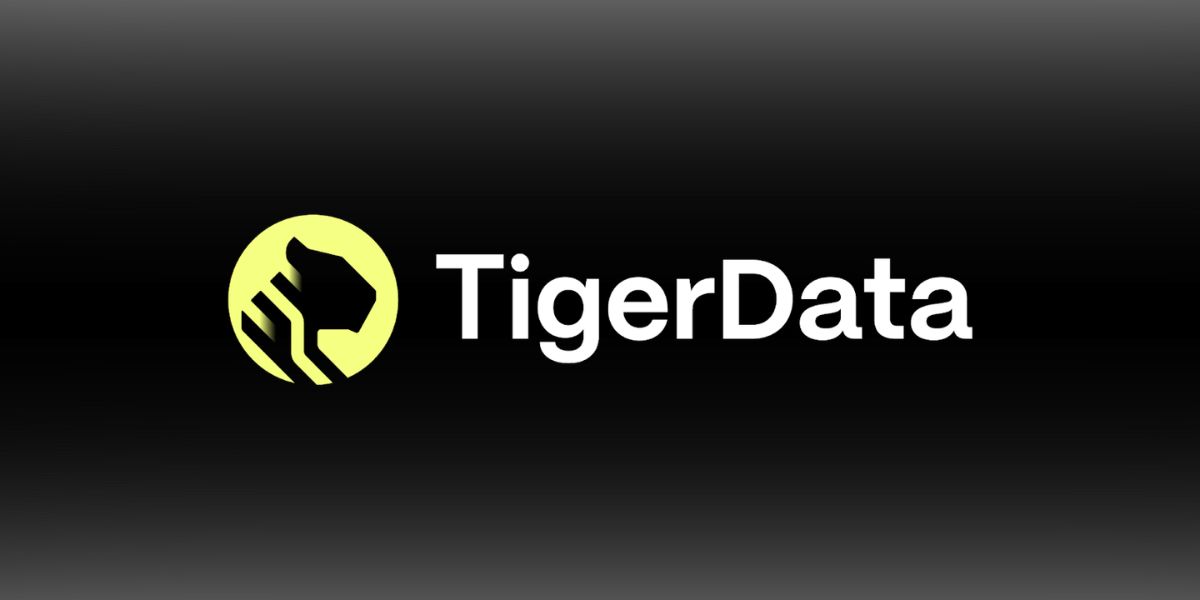Health education plays a crucial role in helping people make informed decisions about their physical and mental wellbeing. It provides the knowledge and skills needed to navigate health challenges, prevent diseases, and maintain healthy lifestyles. In an era of abundant health information and misinformation, quality health education helps individuals separate facts from myths and develop habits that promote long-term wellness.
Read also: Why Your Brand Name Matters More Than You Think
How Health Education Benefits Individuals
Quality health education empowers people to take charge of their wellbeing. It covers essential topics like nutrition, exercise, mental health, disease prevention, and healthy relationships. When people understand how their bodies work and what contributes to good health, they can make better daily choices. Simple lessons about reading food labels, recognizing symptoms of common illnesses, or managing stress can have significant impacts on quality of life.
Preventive health knowledge helps avoid serious medical issues. Learning about vaccination schedules, cancer screenings, and routine check-ups encourages people to seek timely care. Education about substance risks, safe sex practices, and mental health resources provides tools to avoid preventable health crises. These lessons prove particularly valuable for young people developing lifelong habits, though health education remains important at all ages as bodies change and new health challenges emerge.
Health literacy—the ability to understand medical information—makes healthcare systems more accessible. People who can interpret doctor’s instructions, navigate insurance paperwork, and research treatment options experience better health outcomes. This becomes increasingly important as healthcare grows more complex, with specialized treatments and evolving technologies. Basic health education provides the foundation for these critical skills.
The Community Impact of Widespread Health Knowledge
When health education reaches entire communities, the benefits multiply. Areas with strong health education programs often see lower rates of preventable diseases and healthier lifestyle patterns. Community health improves when people understand concepts like herd immunity, proper antibiotic use, and infection control measures. These collective benefits became especially visible during recent global health challenges.
Schools that prioritize health education create ripple effects. Students share information with families, spreading knowledge beyond the classroom. Young people educated about nutrition may influence household grocery choices. Those learning about mental health can recognize warning signs in friends and relatives. This peer-to-peer sharing amplifies the impact of formal health instruction.
Workplace health education contributes to more productive environments. Employees who understand ergonomics, stress management, and workplace safety have fewer preventable injuries and illnesses. Wellness programs that teach healthy cooking, smoking cessation, or exercise techniques help create healthier work cultures. These initiatives benefit both workers and employers through reduced healthcare costs and improved morale.
Public health education campaigns address community-specific needs. Local programs might focus on diabetes prevention in high-risk populations, maternal health in underserved areas, or senior wellness in aging communities. Tailored approaches consider cultural factors, language needs, and regional health concerns to deliver relevant information. Successful campaigns often partner with trusted community organizations to increase engagement and trust.
Effective health education adapts to changing needs and emerging research. As scientific understanding evolves, so must health instruction. Recent expansions include digital wellness topics like screen time management and online safety, along with updated nutrition guidance and mental health resources. The best programs teach not just facts, but critical thinking skills to evaluate new health information responsibly.
Access remains an important consideration for health education. Quality resources should be available across socioeconomic groups through schools, community centers, workplaces, and healthcare settings. Digital platforms expand access but must accommodate those with limited technology literacy or internet access. Multilingual materials and culturally sensitive approaches help information reach diverse populations.
Investing in health education yields measurable returns through reduced medical costs and improved quality of life. While the benefits may take years to fully materialize, they create stronger, more resilient communities. When people understand how to care for themselves and others, everyone benefits—from individuals and families to entire healthcare systems. The most successful health education doesn’t just provide information, but inspires people to apply it in ways that work for their unique circumstances and needs.
Health education works best when it’s practical, engaging, and ongoing. One-time lessons have limited impact compared to continuous learning opportunities that reinforce key concepts. Interactive approaches that involve discussion, demonstration, and real-world application tend to be more effective than passive lectures. The goal isn’t to make everyone a health expert, but to provide foundational knowledge that supports informed decisions throughout life.
As societies face new health challenges—from emerging diseases to environmental health concerns—the importance of health education only grows. It serves as the first line of defense against preventable illness and the foundation for personal and community resilience. By prioritizing accessible, accurate health education, communities can work toward better wellbeing for all members, creating a healthier future for generations to come.
Read also: The Science of Building Lasting Habits That Actually Stick





